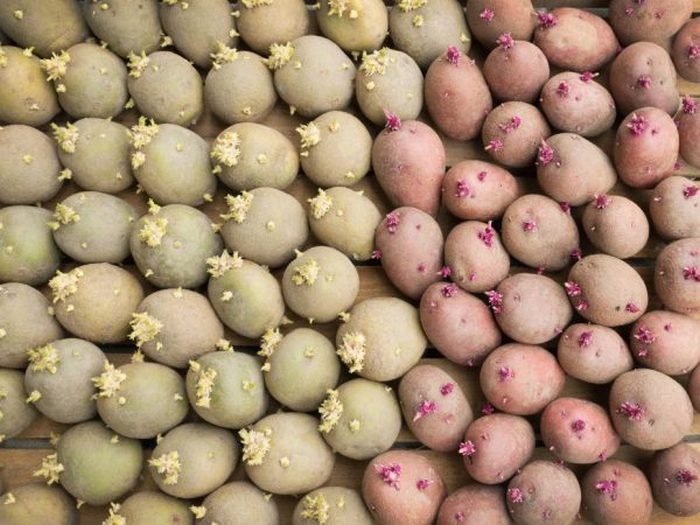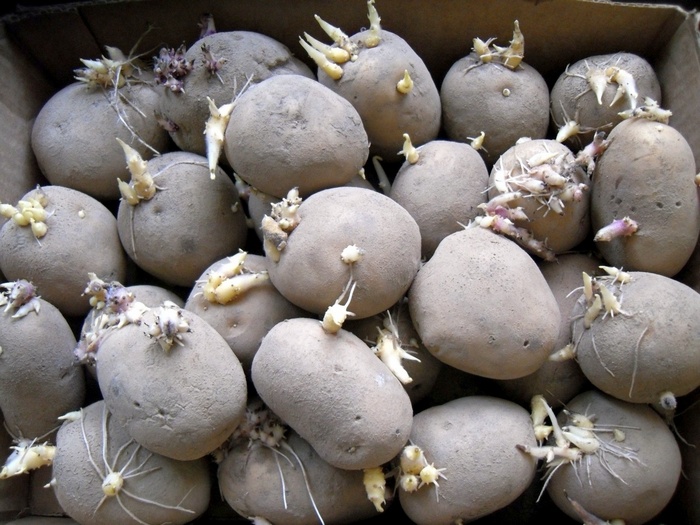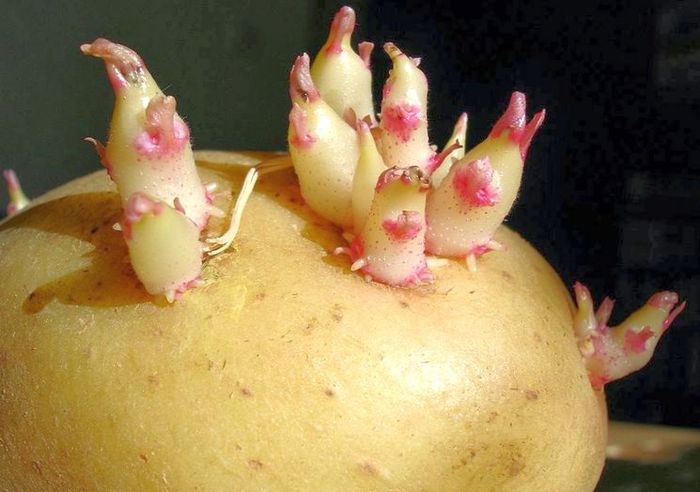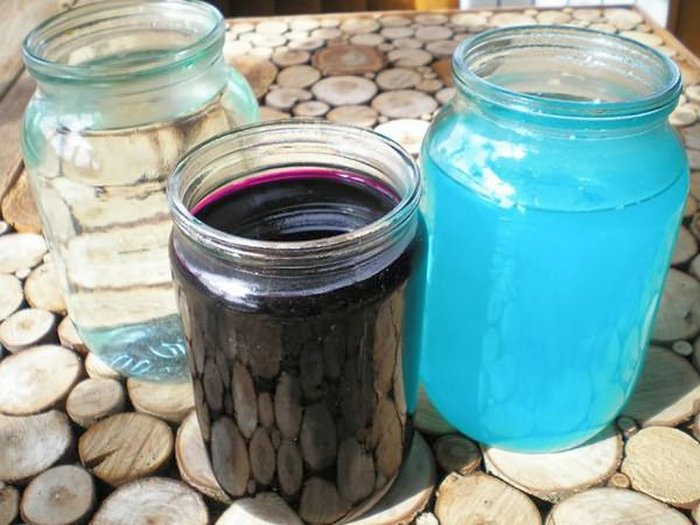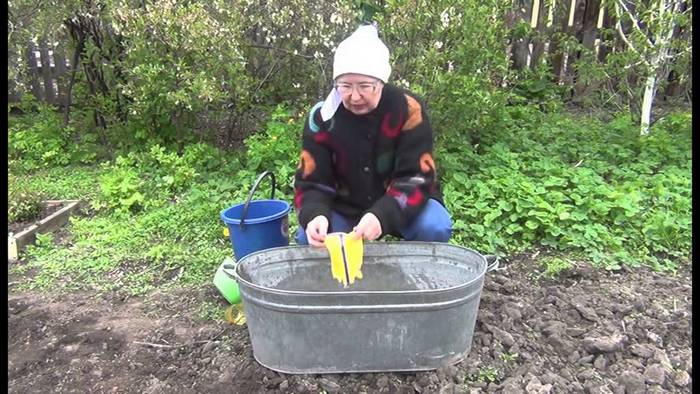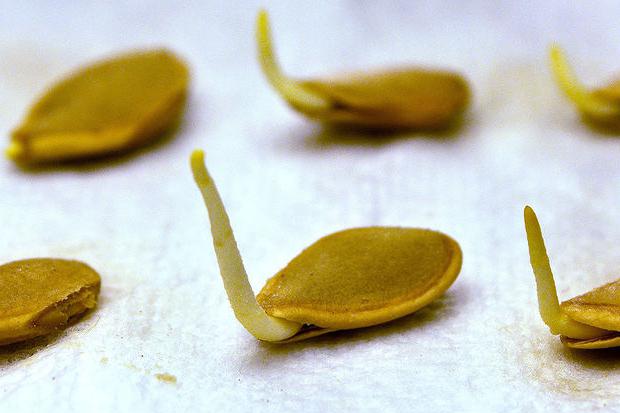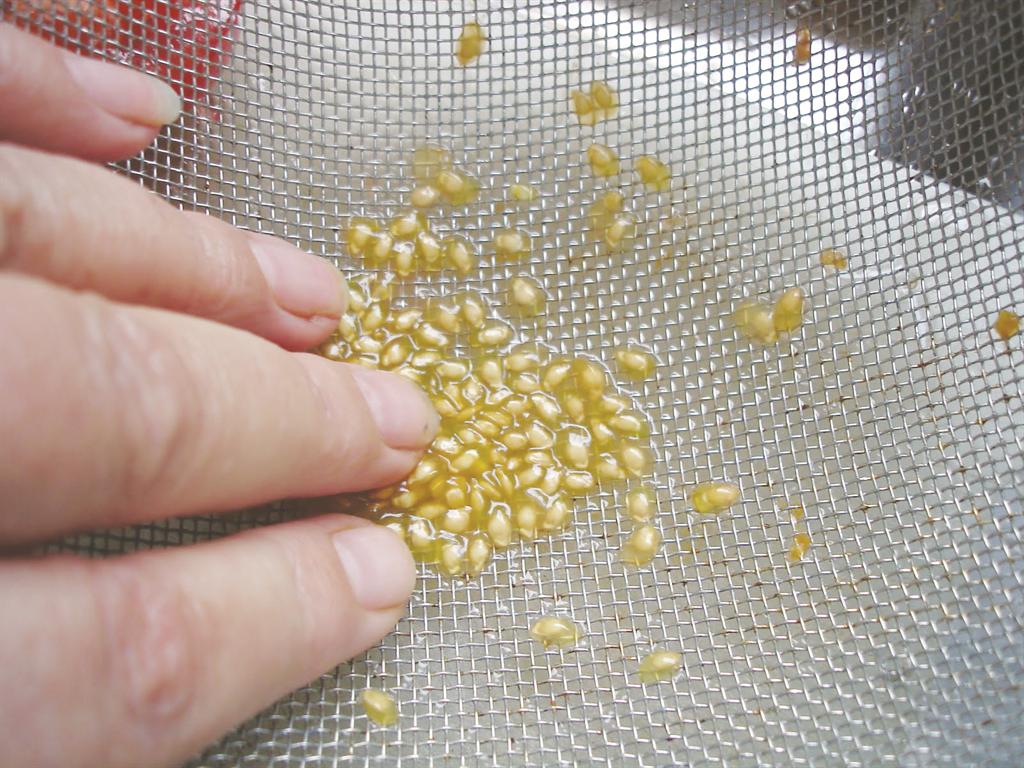Content:
Vernalization of potatoes is work with planting material before planting. The agrotechnical procedure is quite simple. It can be easily carried out by an experienced gardener and a novice gardener at home.
What is potato vernalization
Vernalization in the broad sense of the word implies placing seeds of various crops in conditions of low above-zero temperatures (+ 2 ... + 4). Due to this, the material adapts to climatic changes and germinates better. Vernalization of potatoes is the germination of seed tubers for a month. Vernalization can be attributed to methods to increase the yield. This is done at a temperature of + 13 ... + 16 degrees in diffused light.
The potato tuber is a modified shoot. It has buds, from which stems will subsequently form. The buds are hidden in the eyes of the potato. In order for them to awaken from sleep, vernalization is needed. During this procedure, the processes of delivery of nutrients through the skin to the kidneys begin in the tuber. As a result, the kidneys wake up and start growing. After vernalization is complete, strong large shoots from 1 to 2 cm long should form on the tubers. After placing the material in the ground, the shoots actively grow further.
What is vernalization for?
There are several reasons for vernalization:
- Vernalization is necessary for quick seedling. Accordingly, the process of tuber formation is accelerated. Summer residents will see the first shoots within 10-14 days after planting. Without vernalization, seedlings will have to wait about 25-35 days. After high-quality germination, the harvest is carried out about half a month earlier than without germination. After vernalization, young potatoes can be dug in in July;
- It has been noticed that well-executed vernalization increases the yield by 20-40%. The thing is that after germination, the gardener will be able to clearly see which of the tubers are suitable for planting and which are not. Suitable for planting potatoes with strong, not long sprouts. Rotten ones, or those that have not given strong sprouts, are not suitable. As a result, there will be high-quality material in the ground that will give a decent harvest;
- During vernalization, potatoes are treated with a disinfectant mixture. Then it is germinated in the light. Thanks to these measures, while in the ground, potatoes are not susceptible to most bacterial, fungal diseases, pests bypass it;
- In addition to disinfection, tubers are nourished. The material is bathed in a growth stimulator, nutrient solutions. The yield is also increased due to these vernalization procedures.
Term
The very first thing that a summer resident needs to do, who is going to start sprouting tubers, is to correctly determine the timing of the start of vernalization. This method cannot be started too early and too late. If the potatoes are put in early to grow, they will grow too long shoots by the time of planting.They can break off or be damaged when immersed in the ground. If you start too late, the sprouts may not appear at all.
The most correct time is 4-6 weeks before the intended planting. About 30-40 days will be enough for all stages of vernalization. For example, in central Russia, you need to start preparing planting material in late March or early April. Then, at the beginning of May, potatoes can be planted. In the southern regions, this period was shifted by one and a half months. In the north of the country, vernalization begins at the end of April.
Instructions for vernalizing potatoes at home
Before you start vernalizing your potatoes before planting, you need to know the steps involved in this process. There are only five of them:
- Selection of planting material;
- Placement in a warm place for warming up;
- Disinfecting measures;
- Bathing in nutrient solutions;
- Germination.
What is needed for vernalization:
- Planting material. Seed potatoes for planting can be bought in a store or take one that was stored all winter in the vegetable pit of a summer resident;
- Potassium permanganate;
- Chicken droppings;
- Ash;
- Basins or bath;
- Container in which potatoes will sprout;
- If the treatment of tubers with chemicals is chosen, then they must be prepared in advance.
Selection of planting material
How to vernalize potatoes at home? The process begins with the selection of quality material. It is best to choose tubers of the same size. A medium size will do. Weight - from 60 to 90 grams. Each tuber should be even, without spots, damage, signs of decay, holes.
If the potatoes have sprouted in the cellar, you should pay attention to the color and thickness of the sprouts. Black sprouts indicate the presence of a fungal disease. Such tubers cannot be planted. You need to set aside the potatoes, which have long sprouts, similar to threads. This could be a signal that the potato has caught a virus. Such tubers will not sprout. They are not suitable for landings. It's another matter if the sprouts are thick, light, healthy. They tell you that potatoes are healthy and suitable for planting. However, these sprouts can be removed. They are of no value. Removing these sprouts will cause other buds to awaken.
Putting it in a warm place to warm up
After the planting material is selected, it is placed in heat. This can be done in two ways.
The first is to put boxes of potatoes in a warm room, where it is about + 23 ... + 25 degrees Celsius. You can keep them by the stove or heater. Potatoes will spend two days in this room. The second is to lower the material in hot water at a temperature of 45 degrees for an hour. It is necessary to pour boiling water into the bath as the water cools down to maintain the desired temperature. Hot water will help remove nematode cysts from the tubers.
Disinfecting measures
Before germination, potatoes must be processed. It is placed for 40 minutes in a bath or galvanized basins with water tinted with potassium permanganate. For 10 liters, 0.5 g is taken. manganese.
Thus, the potatoes are pickled, that is, disinfected. Manganese is able to protect tubers from diseases caused by bacteria, viruses, and fungi.
Bathing in nutrient solutions
After the manganese, a nutrient solution is introduced into the bath or basin. It consists of ash, chicken droppings and water. Manure needs 1.5 kg per 20 liters of water, ash - 1-2 kg per 20 liters. Ash acts as a fertilizer and also as a pickling agent. It saturates the tubers with potassium. This element will help the potatoes to grow faster. Chicken droppings also have beneficial effects on growth. Bathing time is 20-30 minutes. Potatoes should not just be soaked, but every 5-10 minutes stir in water, turn over. After the potatoes are allowed to dry.
Germination
The tubers are placed in three-liter glass jars. You can use plastic five-liter bottles with the top cut off, or regular wooden crates. In such a container, the material will be conveniently transported in the car to the dacha. Tubers are not placed very thickly. In boxes, they should lie in 1-2 layers.
For the first 1.5 weeks, the potatoes are kept indoors, where it is about +18 degrees. In the remaining 2.5-3 weeks, he is removed to a room with an air temperature of 12-15 degrees. Germination rooms are selected with diffused light. This will produce solanine in the potatoes. It is a green pigment. It is poisonous. But it is he who will make the tubers resistant to diseases, insect pests.
Other germination methods
The method, when the potatoes are in the light, laid out in 1-2 layers, is called dry. The main advantages of this method are simplicity and the fact that potatoes have no chance of picking up the fungus and getting sick. However, wet and combined methods can be used for vernalization. Wet - means that the tubers are in a moist substrate for 30 days. The combined method involves the combination of both germination options.
Wet way
A wet substrate is prepared for potatoes. You can use sawdust, sand, peat with ash. The bottom of the boxes is covered with bags or foil. Next, a well-moistened substrate is poured. On it is a layer of potatoes. Then again a layer of substrate. And so on to the very top of the container. Then the potato box is removed to a ventilated room, where the constant temperature is + 13 ... + 15 degrees. The potatoes with the substrate are constantly moistened. The gardener needs to monitor the condition of the tubers. They should not be allowed to rot. The damaged potatoes are removed immediately.
Combined method
The first 3 weeks, potatoes are germinated dry in boxes in the light. After that, it is placed for one week in containers with sawdust, sand or peat with ash.
Tips and nuances
- After vernalization, the tubers are examined. Only healthy, strong shoots can be planted;
- If the gardener has little time for vernalization, the express method can be used. Potatoes are processed for 40 minutes with hot water, then bathed in solutions of manganese, dung with ash, and then germinated with a wet method for 2 weeks;
- After the wet method, before planting, potatoes are necessarily treated with chemical preparations that destroy pests and nutrients;
- You can apply chemistry after dry germination. This will protect the potatoes from diseases and insects. It must be remembered that it is not advisable to eat young potatoes in this case. It is better to wait until it is fully ripe, when the skin becomes firm;
- Planting sprouted tubers requires special care. The sprouts cannot be damaged. Otherwise, the potatoes will not germinate and grow well.
It is not difficult to carry out a complex of pre-planting activities. The main thing is to pay attention to each of the stages. Correctly carried out vernalization will increase yields by 40%.
